
The Archer “shifter” acts as the brains of the system 
The Archer Remote is fully programmable to shift exactly how you’d like.
Electronic shifting is becoming increasingly popular in the cycling world. At this point, every major drivetrain manufacturer offers a take on electronic shifting. As a bike mechanic, I have always sworn by the tried and true reliability of mechanical shifting, but even I must admit that some of these electronic systems are pretty sweet. On that same note, as a tinkerer, I really like some of the interesting drivetrain mixing options available with these electronic systems. Archer has introduced an electronic shifting solution that is a hybrid of mechanical and wireless electronic shifting that allows you to mix and match anything you dream up.
Archer Components started in 2016 with the goal of reinventing bike shifting. They felt limited by the current offerings of both mechanical and electronic systems and set out to create something with unlimited options. Their first product was the D1x Trail system. The basic idea is a wireless remote on the bar that controls a servo in the shifter which is a box that mounts on your drive-side chainstay. The servos are programmable using an app to customize the cable pull desired. This essentially allows you to make any derailleur work with any cassette.
Let’s start with the shifter as this is the brain of the operations. As opposed to a bar mounted shifter that we’re all familiar with, Archer refers to their shifter as the chainstay mounted box that actually pulls the cable. To install, you remove the rubber cable cover and insert your shift cable. You then mount the shifter to your chainstay using two retention straps and a series of small bolts to hold the straps in place. The final step is to run a short piece of shift housing from the shifter to the rear derailleur and tighten down the cable.
Once the shifter is installed, you can mount the remote on the handlebar. It’s attached to the bar. with a standard SRAM matchmaker mount. The remote is offered in either light or firm action depending on how deliberate you want your shifts to feel. I chose the firm action and it has a positive click that allows you to feel each shift, but it doesn’t feel overly firm. To complete the setup, you have to pull out your phone and download the Archer Components app. The app walks you through the setup process. Your phone connects to the shifter via Bluetooth to program the shifting. This is where things get interesting.
The Archer app allows you to really go wild with your drivetrain options. The D1x is only compatible with 1x systems, but that is about where compatibility issues end. In the app, you choose the number of cogs on your cassette, and as you can see, it allows you to go much higher than any cassette on the market. In theory, if you could machine an 18-speed cassette, you could make the D1x shift it. By custom tuning the cable pull, you can essentially use any rear derailleur with any cassette. You’ll still want to follow a few basic rules to ensure quality shifting. Being 1x specific, sticking with a clutch derailleur is a good idea. Also, you’d want to use the appropriate derailleur cage length for the gearing range you’re trying to use.For example, you wouldn’t want to throw a short cage derailleur on with a SRAM Eagle cassette.

You can program in as many gears as you can dream of in the Archer app 
The Archer app features a ton of customizable settings
For my setup I used a Box One 11-speed derailleur with a 12 speed TRS 9-50 e*Thirteen cassette. In the app, I set the cassette to 12 speed and using the setup menu, I dialed in the cable tension to pull the appropriate amount of cable to make it shift through each gear. You can also set up a “Get Me Home Gear” which is the gear it will pop into if the battery dies while you’re riding. This will allow you to singlespeed your way back home.
From there, you hit “Disconnect & Ride” and pair the remote. The shifter immediately goes into pairing mode. You hit either button on the remote and within seconds it is paired and you are ready to ride. I found that in the repair stand the D1x successfully shifted through every gear with no noticeable lag, but how would it perform on the trail?
On the trail
For my first ride, I took the bike out to a local trail I am familiar with. The system worked incredibly well from the get-go. It was awesome to have the added range of the larger cassette, but it also compared well to other electronic groups as far as forcing shifts under heavy load. I quickly noticed some delayed shifting and realized that there had been a little cable stretch. The remote I tested is the “Micro-Adjust” version and it has a button you can hold to increase or decrease derailleur position per cog on the fly by pressing the shift buttons. I made my adjustments and was good to go. I also want to note, that this was the only time I had to adjust the shifter during my test.
After this first ride, I took the bike on every ride during the summer and the system worked like a charm. The stated battery life is 80 hours in normal mode, and 150 in low power mode. I only used it in normal mode and found that 80 hour number to be very accurate. You can check battery levels in the app, but the shifter will also show the remaining battery life using LEDs when it turns on. Green means high, solid red means low, red flashing means charge now.
Using low power mode kills the auto-shutoff feature when it’s not in use, and the “Get Me Home Gear.” Charging the D1x is really the only annoying part of using the system. It comes with an external battery charging box that uses a USB cord to connect to power. You have to remove the two 14500 batteries from the shifter using a 4mm hex key or a flat head screwdriver. If the shifter is mounted under the chainstay, you may have to tip the bike forward to get the batteries to pop out. To remove the 10400 battery from the remote, you have to use a 1.5mm wrench to remove two tiny screws.

The charger only has two battery slots, so you’ll have to charge the shifter and remote batteries separately. I wish that the shifter and remote had inboard charging because fiddling with batteries and tiny screws definitely had me missing the simplicity of cables. In fact, the only problem I had with the system came from me dropping the shifter’s battery cover and losing the battery spring. Archer was very helpful and got me set up with a new one in no time.
On the trail the D1x definitely made me miss my cables less. It provided all the advantages of other electronic shifting groups. I was able to shift under heavier load than I can with mechanical, and it was able to make huge gear jumps much easier. In the app, I programmed it to instantly jump or drop four gears at a time if you hold down either shift button. I found this to be super useful when face to face with surprisingly steep climbs, and also on ripping fast descents when I wanted to hop into sprinting gears. After riding several of my favorite trails around the Southeast with the D1x, I haven’t had any issues with missed shifts, or any other hiccups.
Who is this for?
So, at this point I’ve gone over the setup, how it works, and how it performs on the trail, but the real question is… Who is it for? With mechanical 12-speed wide range drivetrains out, and with the increasing popularity of mainstream electronic groups, who needs the D1x? After spending a good amount of time on the system, I think that anyone who already has a bike with a mid- to high-end drivetrain could benefit from using the D1x. Rather than ditching your current drivetrain and spending a significant amount to upgrade to an extremely expensive mainstream electronic drivetrain, you could toss Archer’s system on with a new cassette and get Eagle range with electronic shifting performance at a fraction of the cost. I also think this would be great for the bike nerd/tinkerer who loves to have the weirdest stuff on their bikes. The D1x is still not a super cheap option, but at $389 for the micro-adjust version, it is more affordable than a rear derailleur alone from other electronic groups.
After riding hundreds of miles on the D1x, I was pleasantly surprised by the performance. I’m a self professed “Retro Grouch” and I was expecting to tear this system apart. At the end of the review period, I find it hard to dislike anything about the D1x. I love the ability to tinker and customize the drivetrain anytime I want. I also like the idea that if I smash my current rear derailleur, I can grab any random clutch derailleur and throw it on there to keep rolling. As a first product, Archer is definitely onto something very interesting that I’ve never seen in the bike world. I am excited to see what new drivetrain mixing options they come out with in the future.
Interested in learning more? Read about Patrick’s project to modify the D1x to work with drop bar shifting.
Thanks to Archer for providing the D1x for testing and review.














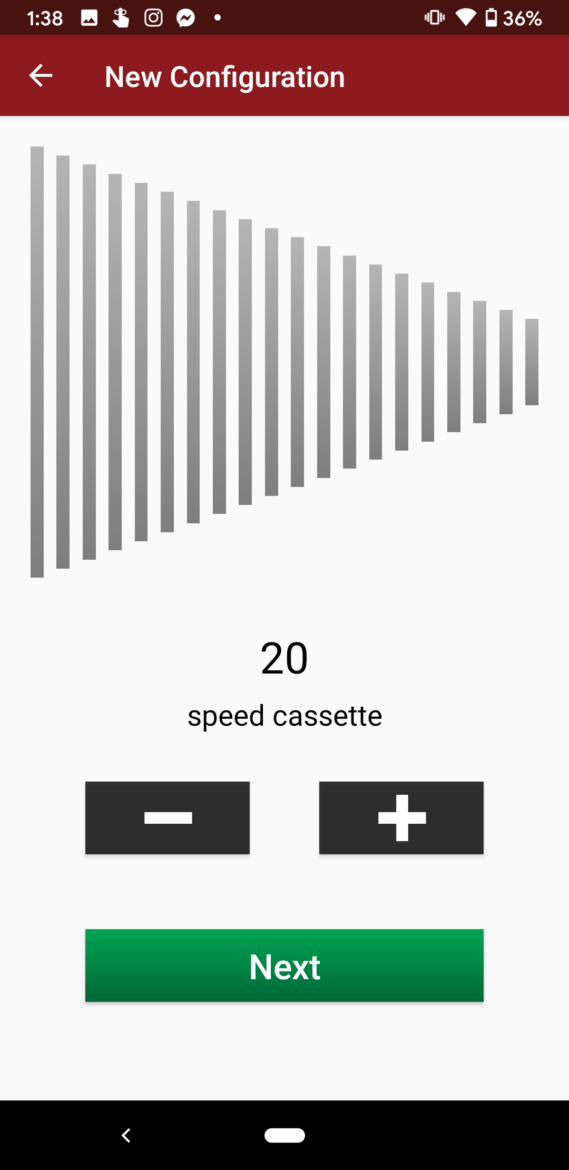
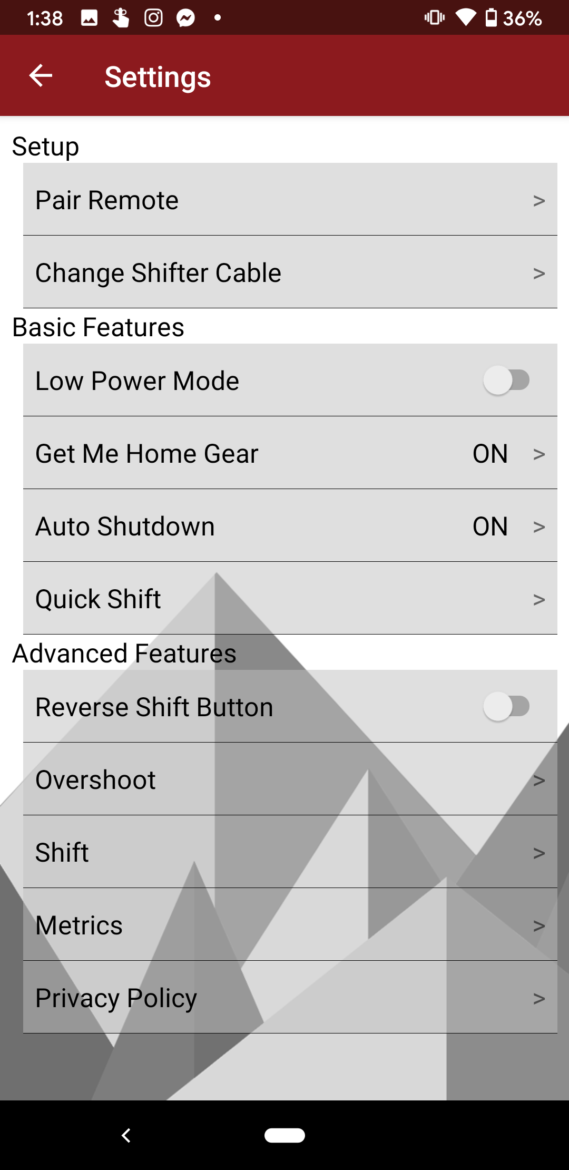



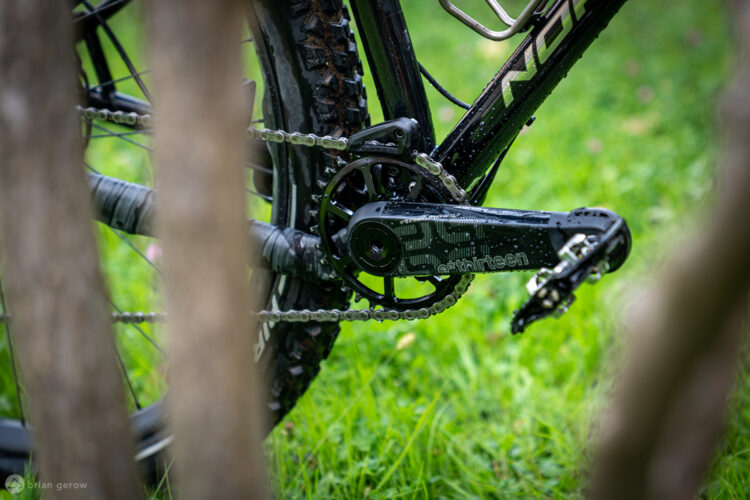


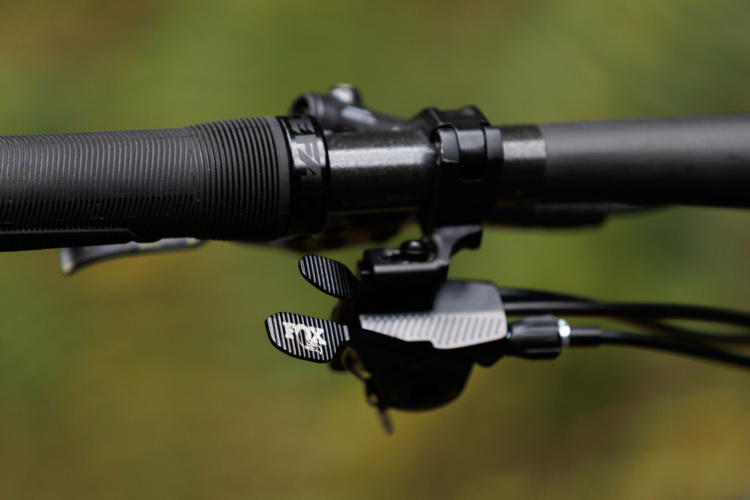
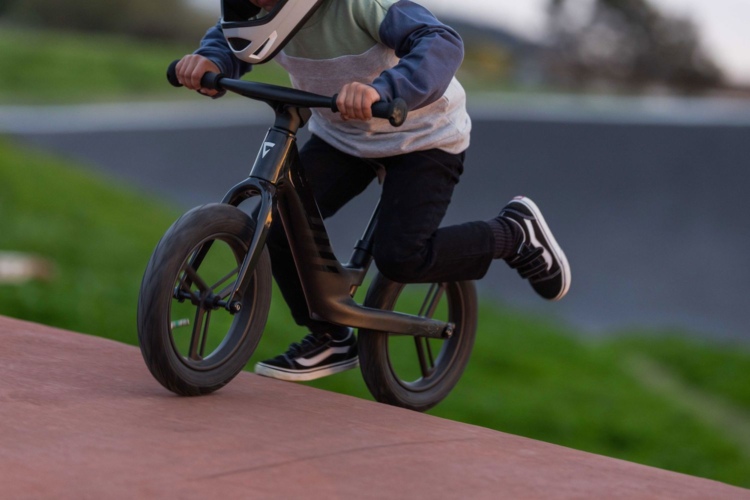


5 Comments
May 29, 2020
May 30, 2020
May 28, 2020
May 31, 2020
Aug 17, 2024
I still think that if someone who has similar knowledge for wireless switching systems would make a dropper kit, it would be a very successful endeavor.